Helm deployment doesn't work for charts that are not already installed · Issue 3400

Ansible Awx Helm Chart Open Source Agenda
To uninstall a release, use the helm delete command:. The recommended way of deleting Tiller is with kubectl delete deployment tiller-deploy --namespace kube-system, or more concisely helm reset. Tiller can then be re-installed from the client with: $ helm init Advanced Usage.
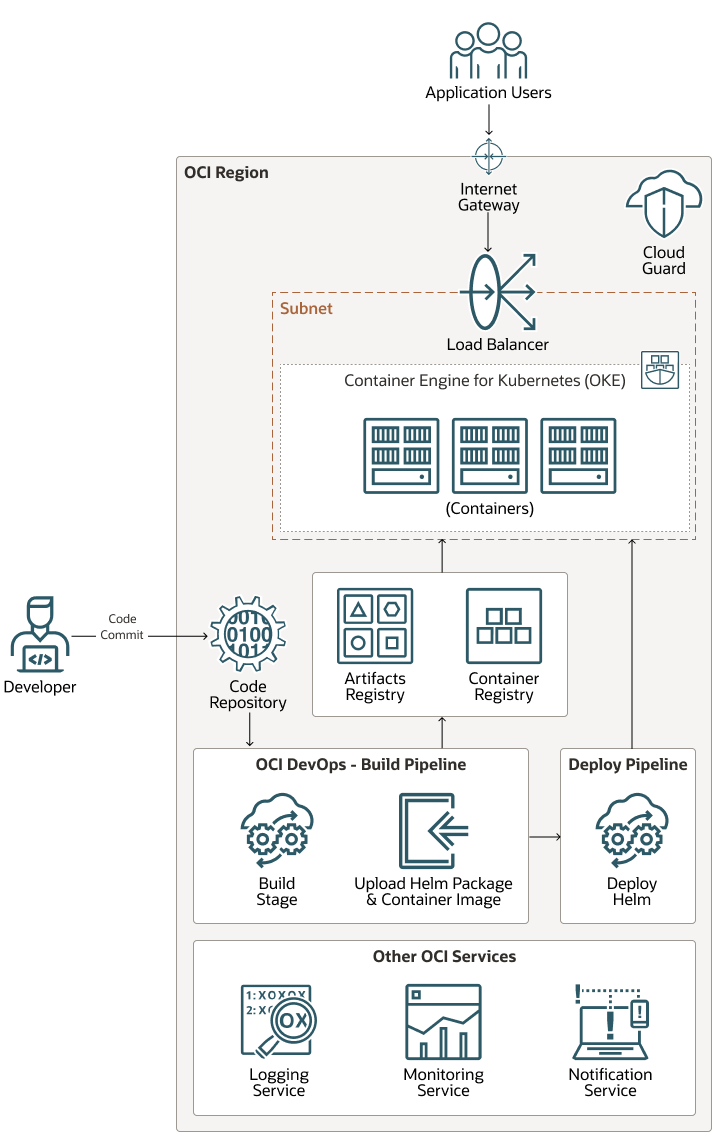
Despliegue una aplicación basada en Helm con Oracle Cloud Infrastructure DevOps
Introduction If unwanted or multiple copies of Helm deployments exist, there is a way to delete them and free up space. On the other hand, deleting a Kubernetes cluster namespace removes the components along with the namespace. This article explains how to delete a Helm deployment and namespace. Prerequisites
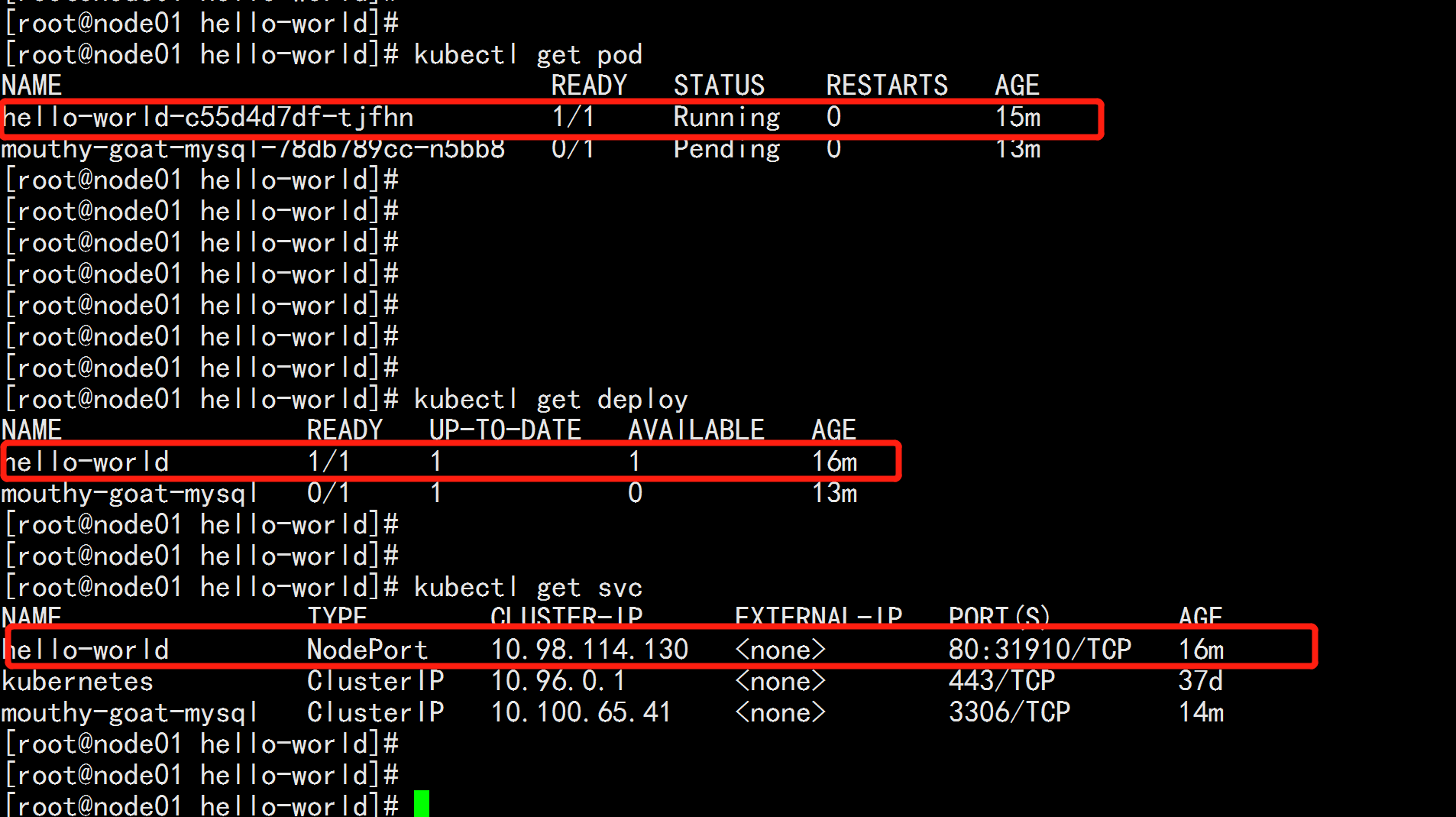
helm deployment for
$ helm delete my-wordpress-prod release "my-wordpress-prod" uninstalled. We touched on a lot of deployment areas and features. We deployed multiple WordPress instances and scaled it up to more containers for production.. We finally clean up our Kubernetes deployment via Helm: $ helm delete my-ghost-nonprod. So we can combine multiple.

停止和删除部署 EMQX Cloud 文档
In this article, we'll cover the steps to delete a Helm deployment and namespace. We'll also provide examples and commands to make the process easier to follow. Deleting a Helm Deployment. Before deleting a Helm deployment, you need to know its name and release namespace. You can list all the releases with the following command: $

Creating a Helm Chart using helm3 harivemula's
3 Answers Sorted by: 42 You probably need: $ helm delete redis or if you completely want to remove the release: $ helm delete redis --purge stable/redis is not allowed as an expression because of the slash ( /) If you'd like to see the name of the releases you can simply run: $ helm list -aq Share Follow edited Oct 24, 2019 at 14:19
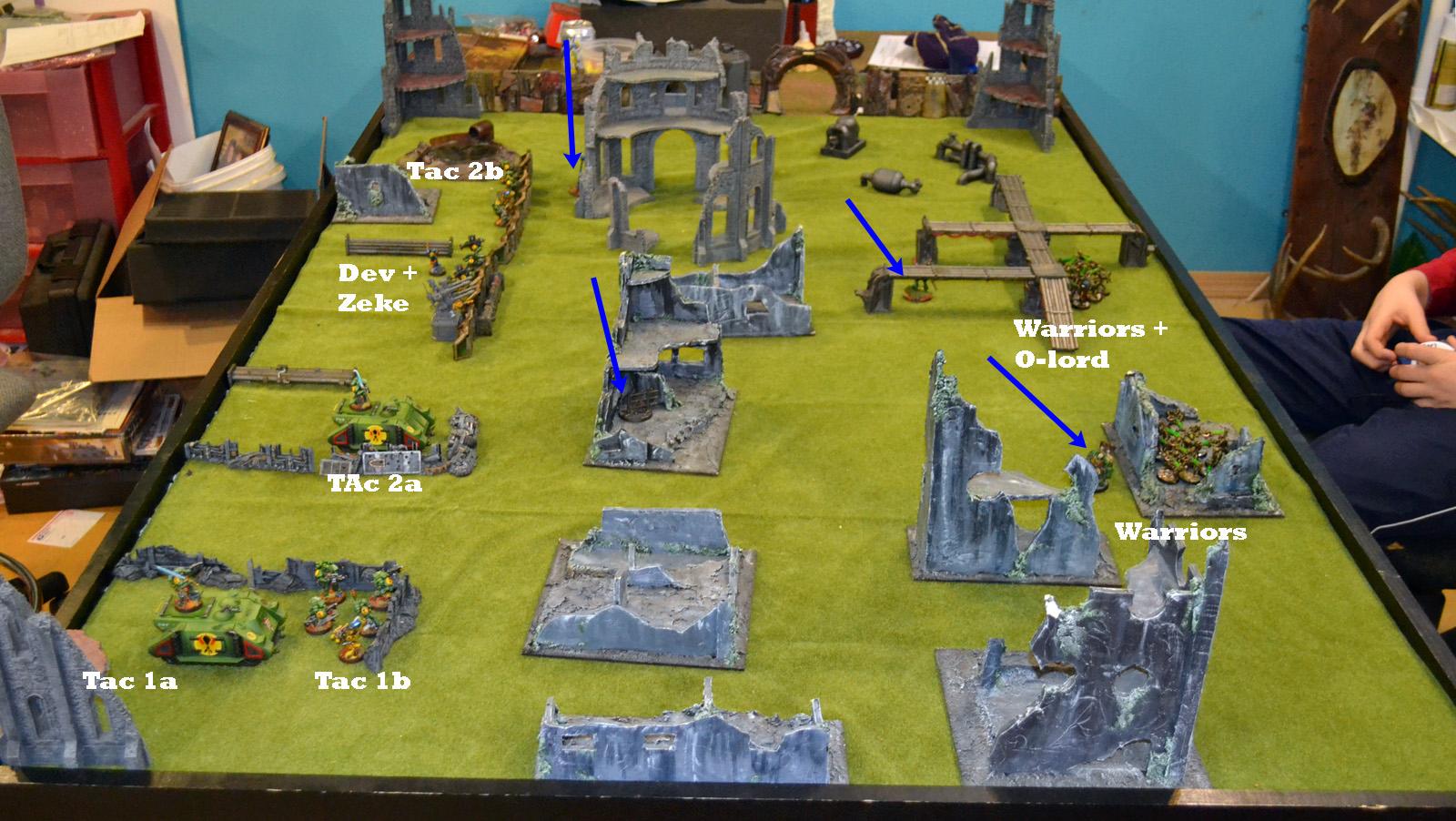
Deployment Deployment Gallery DakkaDakka
deleting helm deployments automatically. I have requirement where I want to delete all pods deployed through helm after a certain amount of time. This process needs to be automated. This is a detail of 3 existing deployed helm instances: ubuntu@kops:~$ helm ls NAME REVISION UPDATED STATUS CHART NAMESPACE dandy-vulture 1 Mon May 14 07:21:17 2018.

Build Your Own Helm Chart Repository in S3 — With AutoGenerated User Documentation!
2. Delete Helm Deployment We may have already installed a Helm deployment. To remove that, we run: helm uninstall

Deploy WordPress Using Helm CLI ACK
The recommended way of deleting Tiller is with kubectl delete deployment tiller-deploy --namespace kube-system, or more concisely helm reset. Tiller can then be re-installed from the client with: $ helm init Advanced Usage. helm init provides additional flags for modifying Tiller's deployment manifest before it is installed. Using --node.

Delete helm chart failed · Issue 12370 · goharbor/harbor · GitHub
October 10, 2022 Helm and Namespaces are the two main parts of Kubernetes. Helm is a package manager that enables the operator to deploy applications in Kubernetes. Whereas, Namespace offers a method for specific groups in a single cluster. Additionally, users mainly face unwanted copies of helm deployment and Namespaces in kubernetes.

Creating and Testing an Online Endpoint Development to Production using Cloud Pak for Data
uninstall a release Synopsis This command takes a release name and uninstalls the release. It removes all of the resources associated with the last release of the chart as well as the release history, freeing it up for future use. Use the '--dry-run' flag to see which releases will be uninstalled without actually uninstalling them.
[Solved] helm x509 certificate signed by unknown 9to5Answer
'helm install': Installing a Package To install a new package, use the helm install command. At its simplest, it takes two arguments: A release name that you pick, and the name of the chart you want to install.
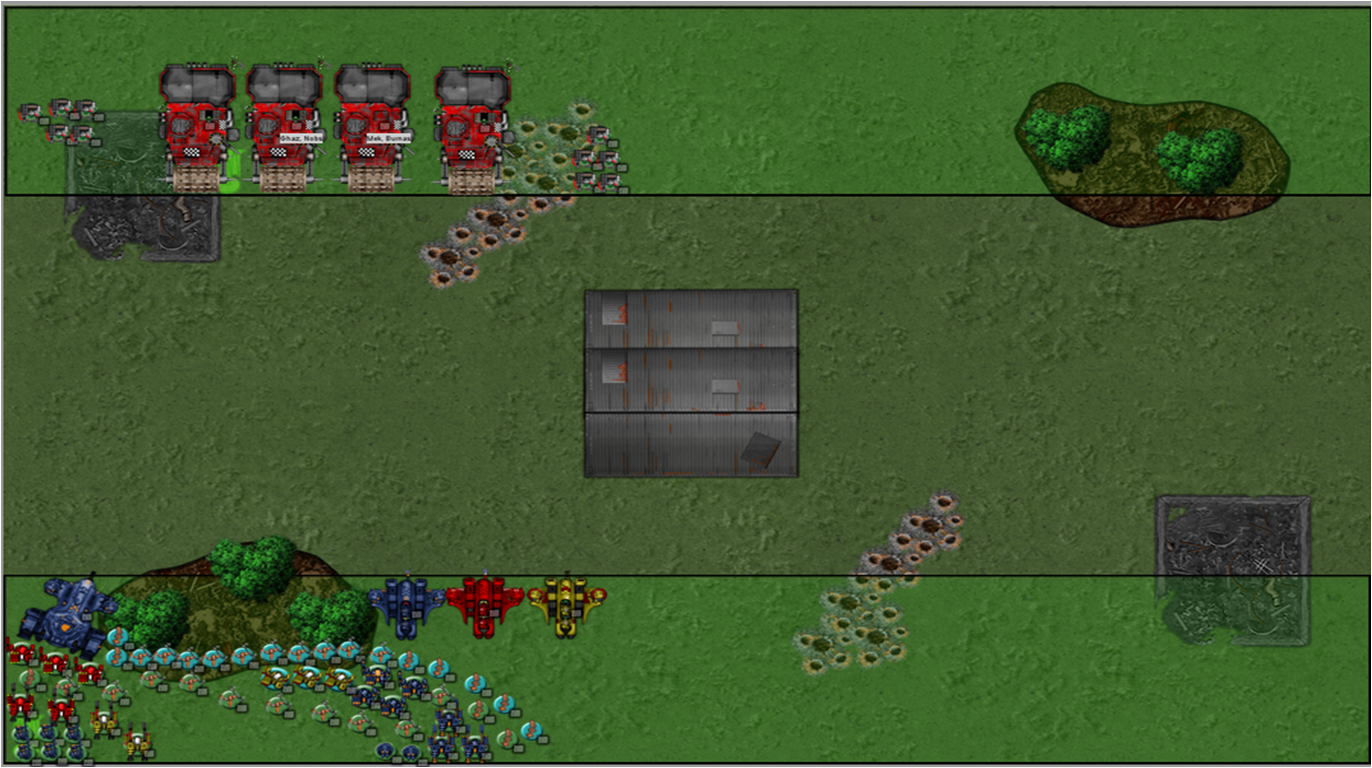
Deployment Deployment Gallery DakkaDakka
1 Answer Sorted by: 15 You can try the following command: helm delete myNamespace --purge --no-hooks Also, you can use kubectl to forcefully delete the pods, instead of waiting for termination. Here's what I got from this link. https://kubernetes.io/docs/tasks/run-application/force-delete-stateful-set-pod/

Deployment by Dan on Dribbble
Delete Helm Deployment. To stop and delete the deployed WordPress, run the following command: helm delete wordpress. To verify that the chart has been deleted, execute: helm ls. Here's an expected outcome: Creating Helm chart. In the previous section, we deployed an already existing Helm chart. It was a very simple example to give you a taste.

Deploy WordPress Using Helm CLI ACK
Helm - The Kubernetes Package Manager.

How to Delete Helm Deployment and Namespace
Here are the steps to delete a Helm deployment using the command-line interface − Step 1: Check the status of the deployment Before deleting a Helm deployment, it's essential to check if it's still available in your Kubernetes cluster. You can do this by running the following command − helm list --all- namespaces
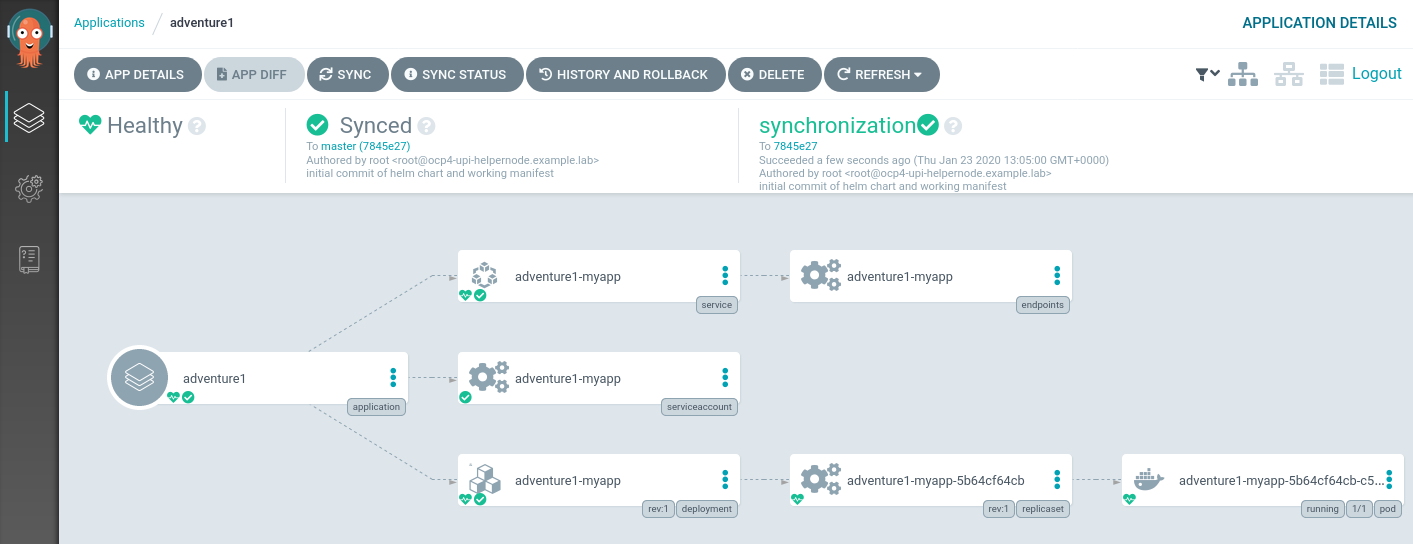
Adventures with helm3 and ArgoCD on Openshift
Oct 13, 2022 at 11:24 I have updated yaml file i tried with hooks . I want job to recreated/redeployed every time when I do helm install. but job is not been deleted automatically and it throws exception. I need to delete it manually to redeploy the job . - santosh jk Oct 13, 2022 at 13:08